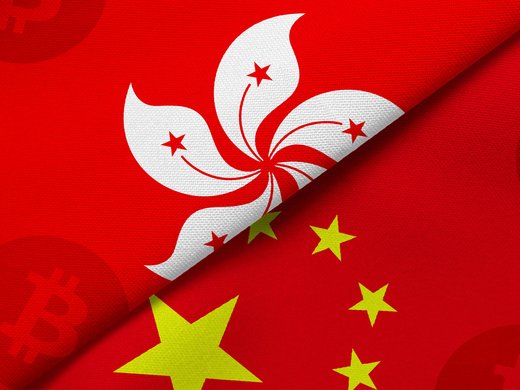Gross capital inflows and outflows to and from emerging market economies have witnessed a significant increase since the early 2000s. This rapid increase in the volume of flows, accompanied by sharp swings in volatility, has amplified the complexity of macroeconomic management in emerging economies. This paper focuses on capital flows in selected emerging Asian economies, analyzing surge and stop episodes as well as changes in the composition of flows across these episodes, then evaluating the policy measures undertaken by these economies in response to the surge and stop of capital flows. This kind of analysis is highly relevant, especially at a time when emerging economies around the world are facing the repercussions of a potential monetary policy normalization in the United States and continuing quantitative easing measures by the European Central Bank, either of which could once again heighten the volatility of cross-border capital flows, thereby posing renewed macroeconomic challenges for major EMEs.


